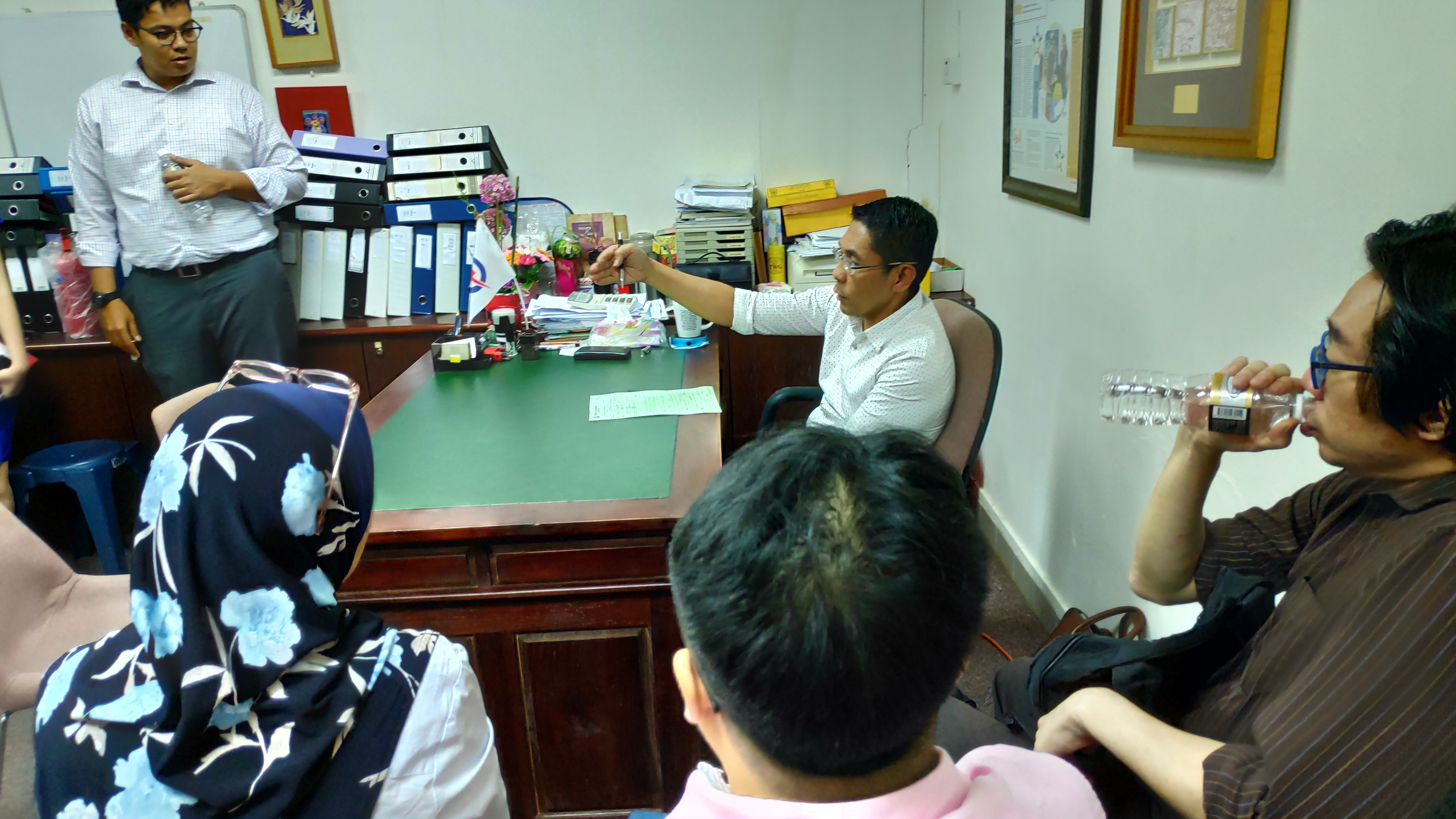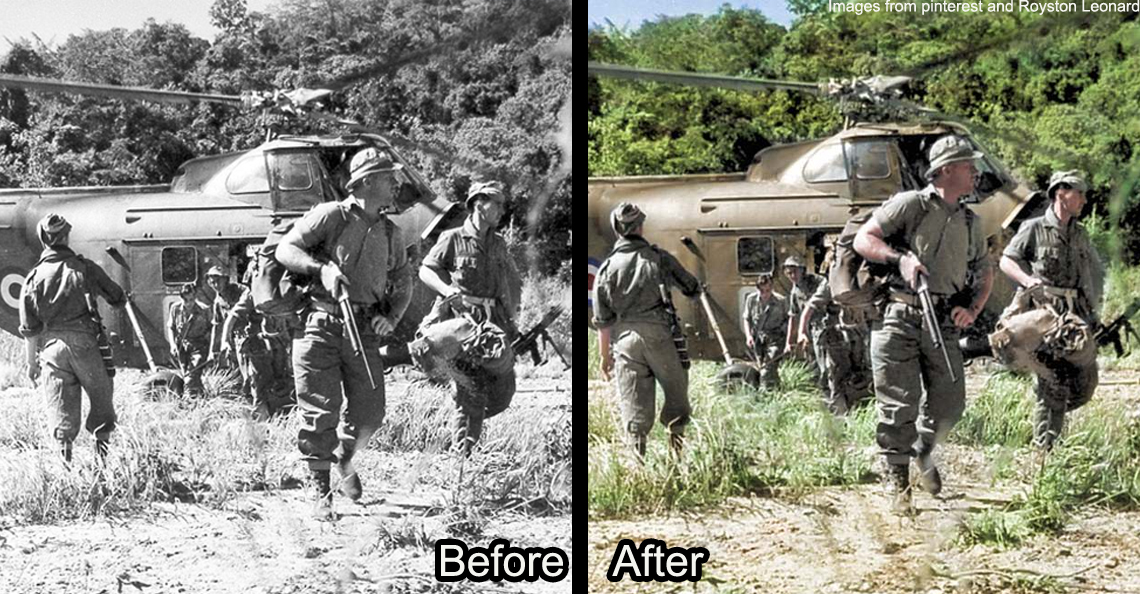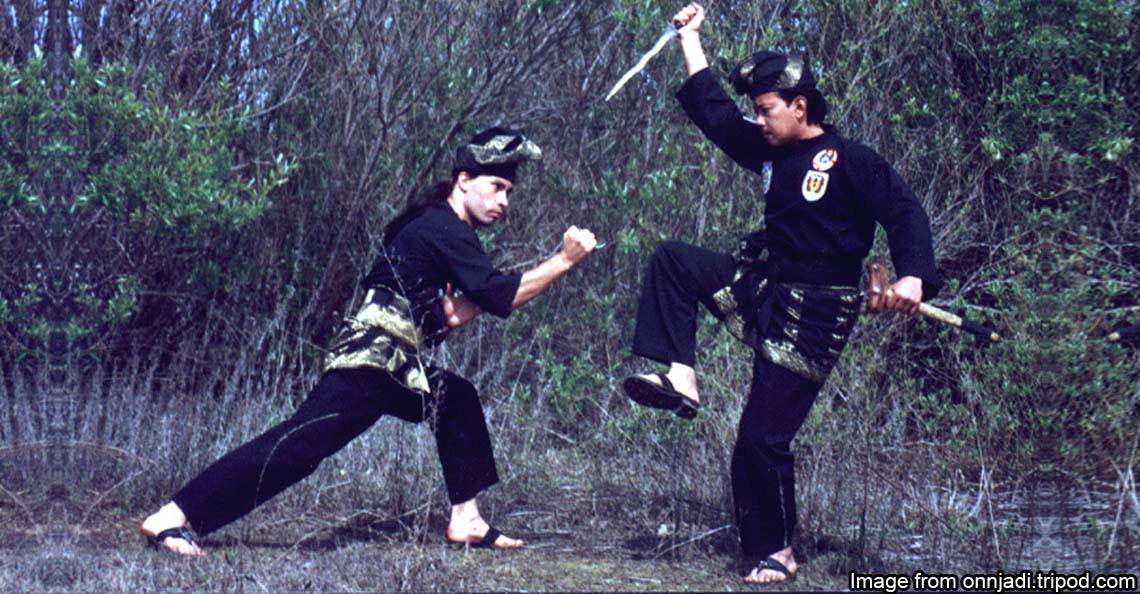The British soldier who disguised as a Malay to infiltrate Japanese WWII warships
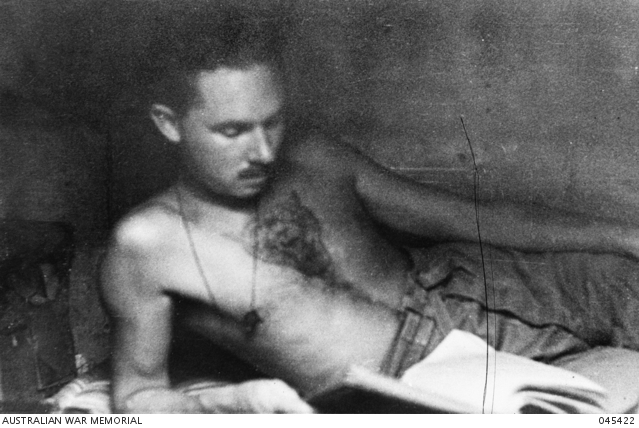
- 840Shares
- Facebook730
- Twitter5
- LinkedIn3
- Email3
- WhatsApp27
If you enjoyed this story and want more like this, please subscribe to our HARI INI DALAM SEJARAH Facebook group ?
When the Japanese marched cycled into Malaya in 1941, it didn’t take long for the British to bugger off, surrendering the entire country without much of a fight. The Fall of Singapore was the largest surrender of British-led forces ever recorded in history, and as such remains as one of the most embarrassing episodes for the British military.
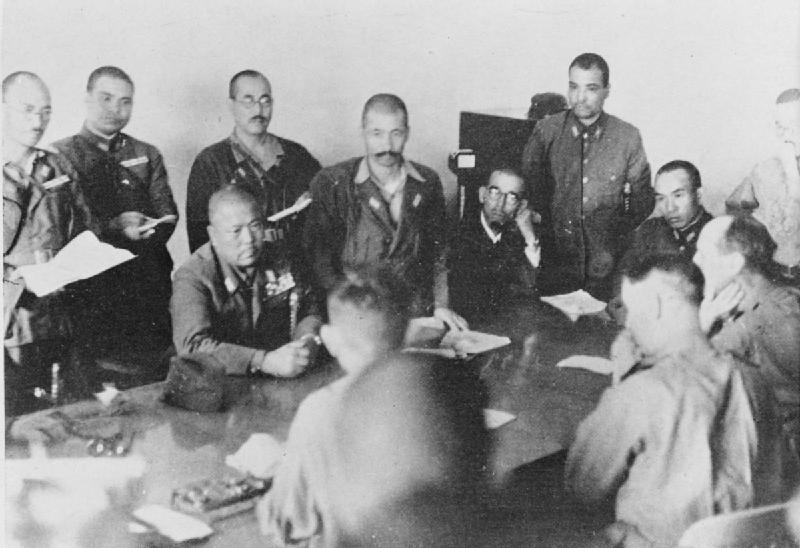
However, not all British war stories in Malaya were doom and gloom: there is actually a seldom-told story about a group of brave men who were such a thorn in the Japanese side that the Kempeitai actually started a whole massacre just to fish them out!
So who were these men, and what did they do to piss off the Japanese so much?
It all started in 1943, with a covert British plan to sink Japanese ships in Singapore Harbour…
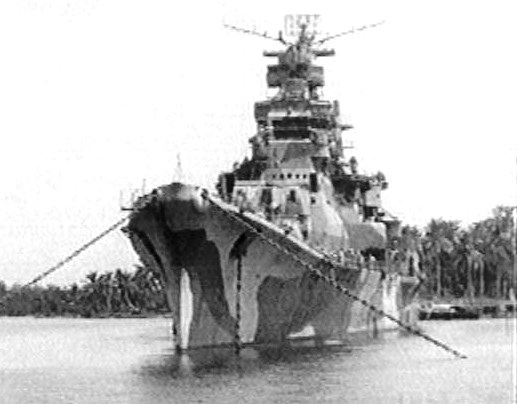
Following their defeat in Singapore, the tide was starting to turn the other way, with the decisive Allied victory in the Battle of Midway. Japan was showing chinks in its armor, and the Allies were looking to press their advantage in the Pacific.
Enter Major Ivan Lyon of the Gordon Highlanders, a third generation British soldier and cousin of Queen Elizabeth II’s mum. Incidentally, he was also fluent in Malay!
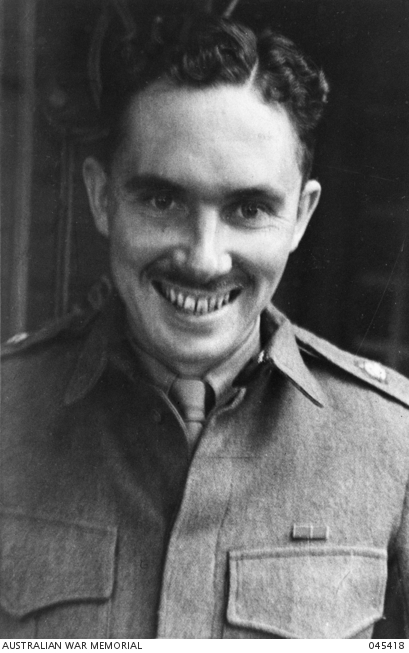
In 1943, Major Lyon cooked up a bold plan: The men of Z Special Unit (an Australian commando unit led by Lyon) were to:
- stain their bodies brown, dye their hair, and wear sarongs to disguise themselves as Malays,
- swim into Japanese-controlled Singapore Harbour,
- attach timed limpet mines to as many ships as possible, and
- watch them go boom.
The plan’s name? Operation Jaywick (named after Singaporean deodoriser brand Jay Wick, supposedly because Lyon wanted to ‘rid the British Empire of the terrible stink’ of their shameful defeat at Singapore).
They disguised a captured Japanese boat named Kofuku Maru and renamed it the ‘Krait‘ (after the Malayan Krait, a highly venomous snake), and stocked with supplies, Japanese goods (to further add to the illusion) as well as cyanide pills (because, in the words of Allied Intelligence: ‘ANYTHING IS PREFERABLE TO FALLING INTO ENEMY HANDS’).
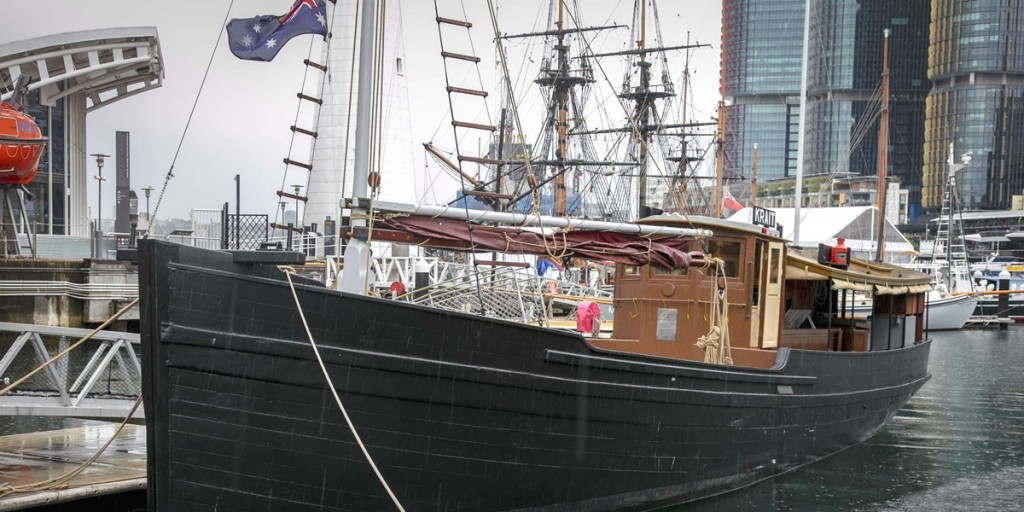
On the night of 26th September 1943, Lyon and his fake Melayu squad silently paddled into Singapore Harbour at night, selected their targets, planted the mines, and paddled back to their hiding spot, exactly as planned. In the morning, nine explosions rang out, and, amidst the chaos, the commandoes paddled back another 90 km to return to the Krait. Mission accomplished.
In total, 7 vessels (equaling 40,000 tonnes) were severely damaged, and all 14 members of Lyon’s team would return unharmed. Needless to say, the Japanese were royally pissed. In fact, such was the impact of the attack that the Kempeitai would arrest and torture 57 prisoners (15 to death) just to extract information about the attacks; an incident later to be known as the Double Tenth Massacre.

Because of the huge success of Operation Jaywick, Lyon would plan a sequel…
Having been promoted to Lieutenant Colonel, Ivan Lyon would soon plan a larger scale attack on Singapore Harbour, this time targeting at least 60 ships. The plan was named Operation Rimau (named after the tiger tattoo on Lyon’s chest).
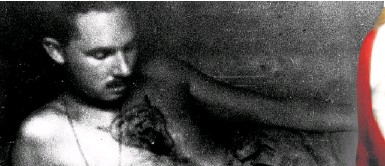
It would be pretty much the same as Jaywick, except that:
- the Rimau squad would be made up of 23 men (as opposed to Jaywick’s 14),
- the mines would be delivered by special one-man motorised canoes called ‘Sleeping Beauties (SBs)‘, and
- the Rimau operatives would be delivered to the area by submarine (rather than sailing from Australia as with Jaywick), where they would hijack a local fishing boat to serve as their entry vehicle into the harbour.
They would also repeat their earlier method of disguising themselves as fake Melayus, cos why not?
On 28th September 1944, a couple of weeks after leaving Perth on the submarine HMS Porpoise, they would hijack an Indonesian junk called the Mustika, as per their plan. Using his Bahasa skills, Lyon would learn how to operate the boat from its Malay crew (cos, being a junk, it had NO ENGINE), before setting up base at Pulau Merapas.
(Oh, and don’t worry, the Mustika‘s crew were unharmed and later taken back to Australia by the Porpoise)
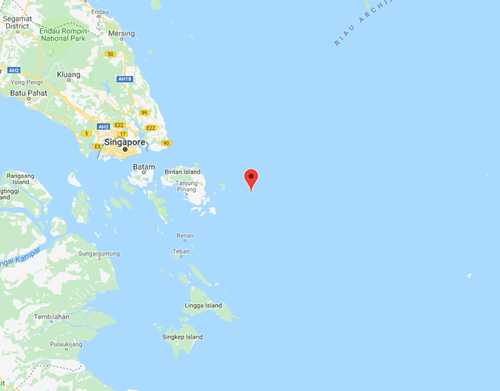
60 minutes before the raid was due to begin, the Mustika was spotted and approached by a Malayan police patrol boat. In panic, one of the Rimau commandoes opened fire, and three of the patrol crew were killed in the ensuing gunfight. Obviously, the 2 surviving crewmen would later report the incident to the authorities.
Having lost the element of surprise, Lyon decided to abandon the operation. He ordered his men to destroy the Mustika and the SBs, and to split up into 4 groups to make their way back to Merapas to await rescue, which would never come, due to:
- the Allies (especially America) not wanting to reveal that they had broken Japanese codes, and
- constant delays by their designated rescue ship, the HMS Tantalus.
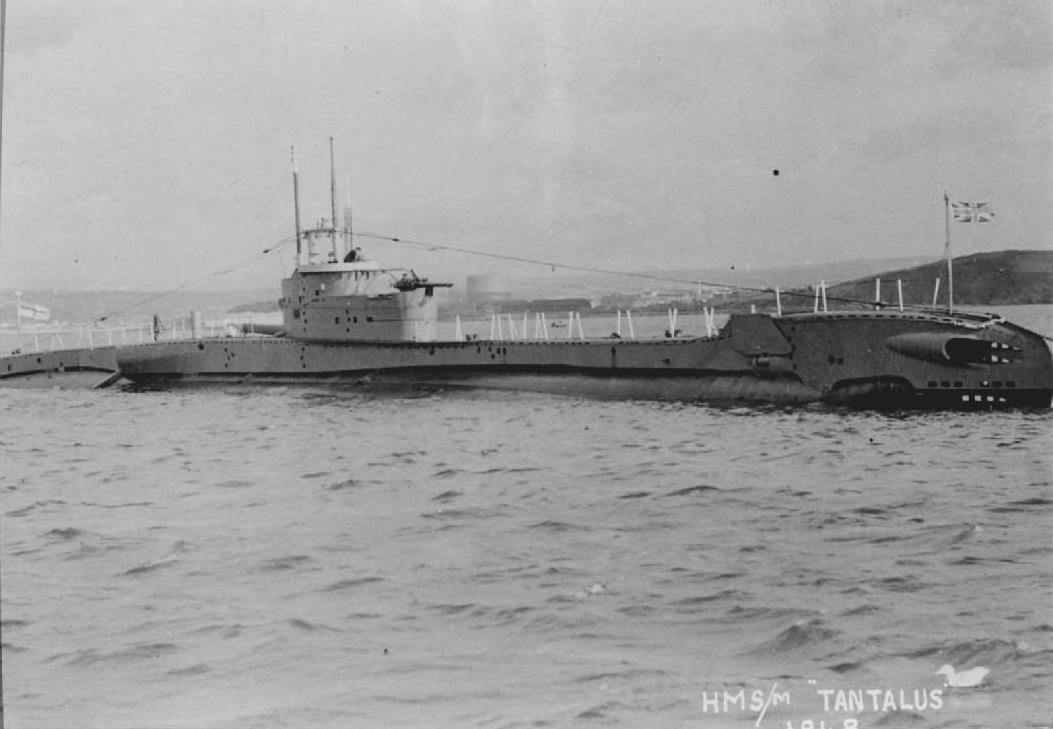
However, Lyon and five others reportedly still managed to sink 3 Japanese ships at Singapore Harbour in a reduced-capacity raid! Talk about never-say-die.
Having been left to die, Lyon retreated to Soreh Island, where he battled the Japanese so hard… they too were impressed
Unbeknownst to Lyon and Co., the Japanese already knew of their presence, and had set a trap for them. Together with 4 other Rimau operatives, Lyon bunkered down on Soreh Island, where the Japanese eventually tracked them down.
In the ensuing firefight, Lyon’s group fought valiantly for over 4 hours, before a Japanese grenade blew Lyon and his partner Lt. Ross from their sniper’s nest atop a ru tree, killing them both. Over the next four months, the remaining Rimau commandoes would either be killed or captured.
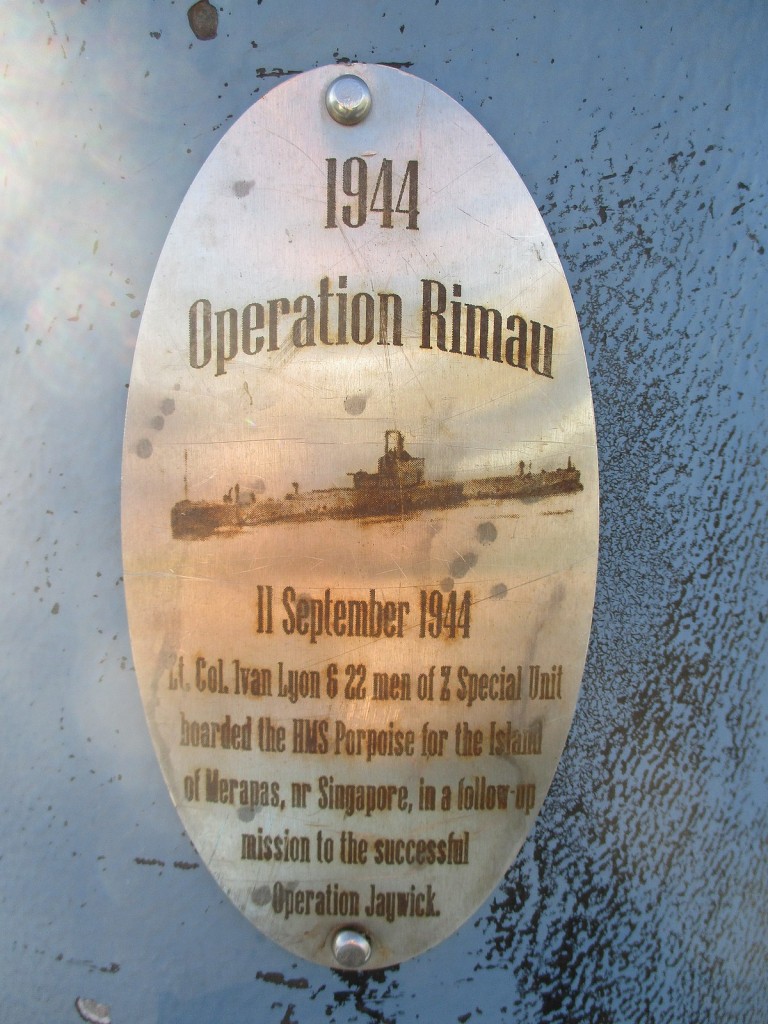
In the resulting trials of the captured members of Rimau, the Japanese were said to have been extremely impressed by the heroism of the operatives, but could not afford any mercy, because of their strict military code. The prosecutor of their trial had this to say:
“The last moment of a hero must be glorious. It must be historic and it must be dramatic. Heroes have more regard for their reputation than anything else. So we feel it is our duty to glorify their last moments. We hope that the names of these heroes will remain in the hearts of the British and Australian people forever. In such circumstance I consider that the death sentence should be given to each of them.” – Major Kamiya, ‘Syonan: My Story’
Japanese records also stress that the utmost dignity was given to them, right up to their executions and burials. However, these claims have been disputed by testimony describing the botched executions of the men, their brutal treatment at the hands of their captors, and the later discovery of their unmarked graves.
After the war, the remains of the Rimau commandoes would be exhumed and laid to rest at the Kranji War Memorial in Singapore.
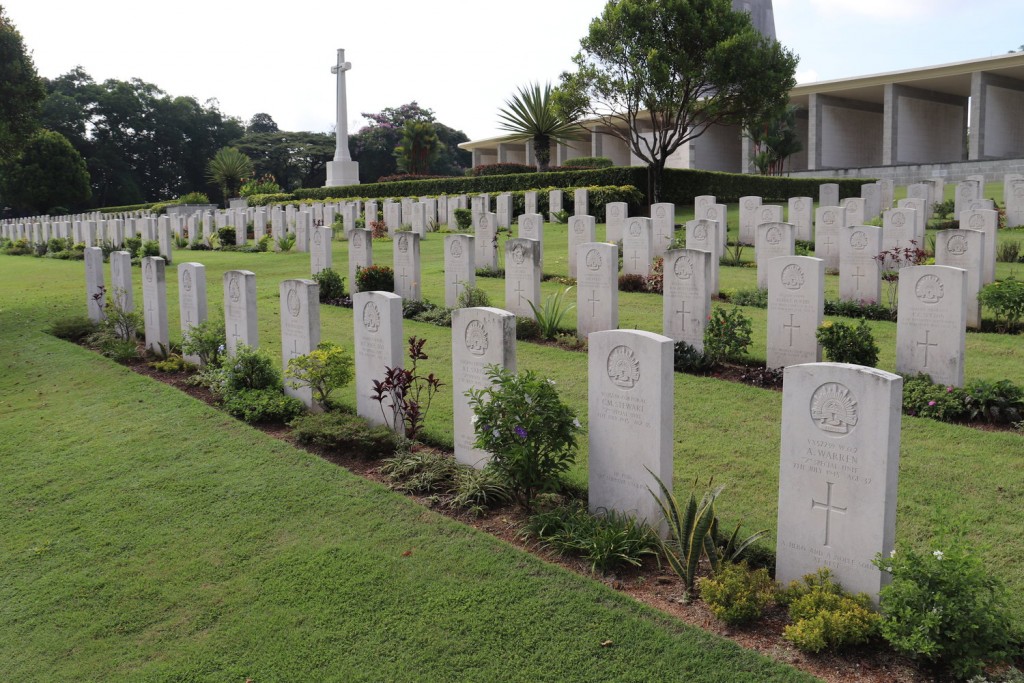
Not all heroes wear capes. Some wear brownface.
While generally seen as having low strategic value, Operations Jaywick and Rimau clearly had such an impact on Japanese morale that they reacted very strongly to both events. And at the heart of it all was a Malay-speaking Scotsman who fought and died for what he believed in.
As for Special Unit Z, their existence would not even be known until 1980, as they had been sworn to secrecy. However, they would serve as the foundation for Australia’s modern special forces, and Lyon’s exploits would resonate in the minds of future commandoes as a testament to fearlessness in the face of adversity.
We may never know exactly what happened after the Porpoise left Lyon and Co. (as most of the story after that point comes from Japanese records, hearsay, and eyewitness testimony), but with the defeat of the Japanese in 1945, the mens’ souls can rest easy at Kranji knowing that their sacrifice was not in vain.
If you enjoyed this story and want more like this, please subscribe to our HARI INI DALAM SEJARAH Facebook group ?
- 840Shares
- Facebook730
- Twitter5
- LinkedIn3
- Email3
- WhatsApp27

